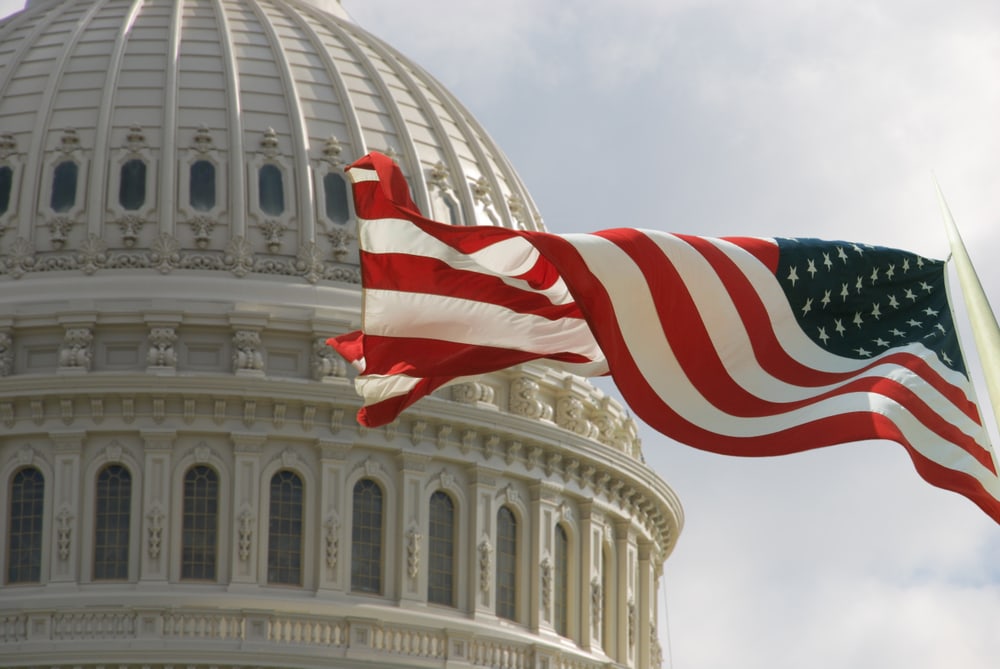The Fallouts of Bailouts
Author
Key Points
Press Release
Introduction
Since the mid 1930s, the United States has pursued a policy of trade liberalization and since World War II, the twin aims of this policy have been to promote economic growth and to serve as a bulwark of peace—an integral part of our foreign policy. Although it is not perfect, trade liberalization has been relatively successful on both fronts and accordingly, the continuity in policy has been supported by every president— Republican or Democrat—since Herbert Hoover. It has also received bipartisan support in Congress. Yet, in recent years, the consensus has broken down and as a result, American farmers and ranchers are facing an increasingly uncertain trade environment.
Promising to reverse the tide of globalization and trade liberalization, during Donald Trump’s transition into office, the incoming president made a number of high-profile appointments that raised the eyebrows of trade watchers, including Robert Lighthizer to run the Office of the United States Trade Representative (USTR), Wilbur Ross to run the U.S. Department of Commerce (Commerce) and Peter Navarro to serve as Assistant to the President and Director of the newly created Office of Trade and Manufacturing Policy. Such appointments were unsurprisingly controversial, as all three men are known as longtime critics of the bipartisan trade consensus.
Upon assuming office, President Trump quickly began to make good on his campaign promise to alter the trajectory of U.S. trade policy. For example, one of his first official acts was to withdraw the United States from the Trans-Pacific Partnership (TPP), a promising trade pact with 11 other Pacific Rim nations. The TPP was negotiated by the outgoing Obama administration and was the central plank of a renewed focus on improving economic and geopolitical relations in Asia. Mostly, the TPP was viewed as a tool to pressure China into raising its commercial standards and to bolster U.S. leadership in the region. It was also the first trade pact the United States had negotiated and signed and then failed to ratify.
In 2017—again at the behest of the president—the Commerce Department launched an investigation into whether steel and aluminum imports should be considered threats to national security under Section 232 of the Trade Expansion Act of 1962. Likewise, in August 2017, the USTR began an investigation into whether China’s trade policies and practices were burdening American exporters under Section 301 of the Trade Act of 1974. Both the Commerce Section 232 reports and the USTR Section 301 reports came back in the affirmative.
Such findings made the administration largely free to fashion remedies to restrict imports and indeed, it levied a 25 percent tariff on all imported steel and a 10 percent tariff on all imported aluminum in order to combat the alleged national security threats. It also levied tariffs on a number of products imported from China to pressure Beijing into changing its state-directed protectionist policies that burden American exporters.
In each circumstance, the countries affected by the tariffs and other trade restrictions retaliated against American exports, including a large number of agricultural products. In the case of China, once it retaliated, the United States further escalated the tit-for-tat with a new round of tariffs—setting the stage for the currently ongoing trade war between the world’s two most powerful economies.
As a result of heavy losses related to the tariffs, during the first quarter of 2019, personal income for U.S. farmers fell by the largest percentage since 2016. And although the Trump administration dusted off a Great Depression-era program within the United States Department of Agriculture (USDA) to provide support to those producers caught up in the crossfire, the administration’s subsequent insistence on renegotiating the North American Free Trade Agreement (NAFTA) has only exacerbated uncertainty about the future of American agriculture. This is particularly true, as the new pact, the United States-Mexico-Canada Agreement (USMCA), currently faces an uncertain future in Congress.
The USTR has also notified Congress that it intends to begin negotiating a free trade agreement (FTA) with Japan. And indeed, accessing the Japanese market is a top priority for American agricultural exporters. However, since the rest of the TPP members already moved forward with their agreement, American farmers and ranchers now face higher tariff burdens than their competitors in the lucrative Japanese market. In fact, the U.S. Ambassador to Japan, William Hagerty, recently complained about the declining market share for American agricultural exports in Japan.
Accordingly, this study explains the current status of trade conflicts and how they are burdening American agriculture, including by documenting the harm done to specific industries. Likewise, it details the administration’s misguided attempts to bail out those industries affected by ongoing trade frictions and finally it makes policy recommendations that will truly expand foreign market access for farmers and ranchers.
Read the full report here.










